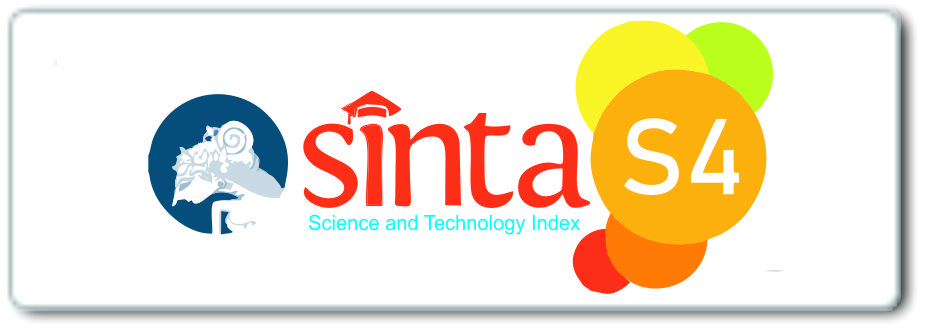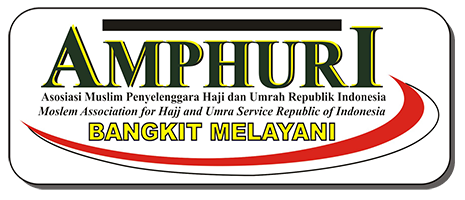Peer Review Process
Peer Review Process
Multazam is a double-blind peer-reviewed journal. Any paper submitted to Multazam for publication is subject to peer review. Peer review in this journal is an evaluation of a paper submitted by two or more individuals with the same competence as the author. It aims to find out the suitability of academic manuscripts for publication. The peer-reviewed method is used to maintain quality standards and give papers credibility. Peer review in this journal takes place in 9 steps with the following description.
1. Submission of Paper. The appropriate author or submits a paper to the journal. This is done through an online system supported by the Open Journal System (OJS).
2. Editorial Office Assessment. The submitted paper was first graded by the editors of Multazam. The editor checks whether it matches the focus and scope of the Journal. The composition and arrangement of the paper is evaluated against the journal's Author's Guidelines to ensure it includes the necessary sections and styles. In addition, an assessment of the minimum required quality of the paper for publication begins at this step, including one that assesses whether there are any major methodological defects. Any submitted paper that goes through this step will be checked by Turnitin to identify plagiarism before being reviewed by the reviewer.
3. Appraisal by the Editor-in-Chief. The Editor-in-Chief checks if the paper is appropriate for the journal, sufficiently original, interesting, and significant for publication. If not, the paper may be rejected without being reviewed any further.
4. Invitation to Reviewers. The handling editor sends out invitations to individuals he believes will be appropriate reviewers (also known as referees) based on expertise, proximity of research interests, and no consideration of conflicts of interest. The peer-review process at Multazam involves a community of experts in the field of Hajj and Umrah Management which is narrowly defined specifically related to the focus and scope of journals that are qualified and capable of conducting fairly impartial reviews. Impartiality is also maintained by the double-blind peer review used in this journal. That said, the reviewer does not know the identity of the author, on the contrary, the author does not know the identity of the reviewer. The paper was sent to reviewers anonymously.
5. Response to Invitations. Potential reviewers consider the invitation against their own expertise, conflicts of interest, and availability. They then decide to accept or decline. In the invitation letter, the editor may ask the potential reviewer for the suggestion of an alternative reviewer, when he or she declines to review.
6. Review is Conducted. The reviewers allocate time to read the paper several times. The first read is used to form an initial impression of the work. If major problems are found at this stage, the reviewers may feel comfortable rejecting the paper without further work. Otherwise, they will read the paper several more times, taking notes so as to build a detailed point-by-point review. The review is then submitted to the journal, with a recommendation to accept, or reject it, or else with a request for revision (usually flagged as either major or minor) before it is reconsidered.
7. Journal Evaluates the Reviews. The Editor-in-Chief and handling editor considers all the returned reviews before making an overall decision. If the reviews differ widely between both reviewers, the handling editor may invite an additional reviewer so as to obtain an extra opinion before making a decision.
8. The Decision is Communicated. The editor sends a decision email to the author including any relevant reviewer comments. Reviewer comments is sent anonymously to the corresponding author to take the necessary actions and responses. At this point, reviewers are also be sent an email or letter letting them know the outcome of their review.
9. Final Steps. If accepted, the paper is sent to copy-editing. If the article is rejected or sent back to the author for either major or minor revision, the handling editor will include constructive comments from the reviewers to help the author improve the article. The author should make corrections and revise the paper per the reviewers' comments and instructions. After revision has been made, the author should resubmit the revised paper to the editor. If the paper was sent back for revision, the reviewers should expect to receive the revised version, unless they have opted out of further participation. However, where only minor changes were requested this follow-up review might be done by the handling editor. If the editor is happy with the revised paper, it is considered to be accepted. The accepted papers will be published online and all are freely available as downloadable pdf files.











